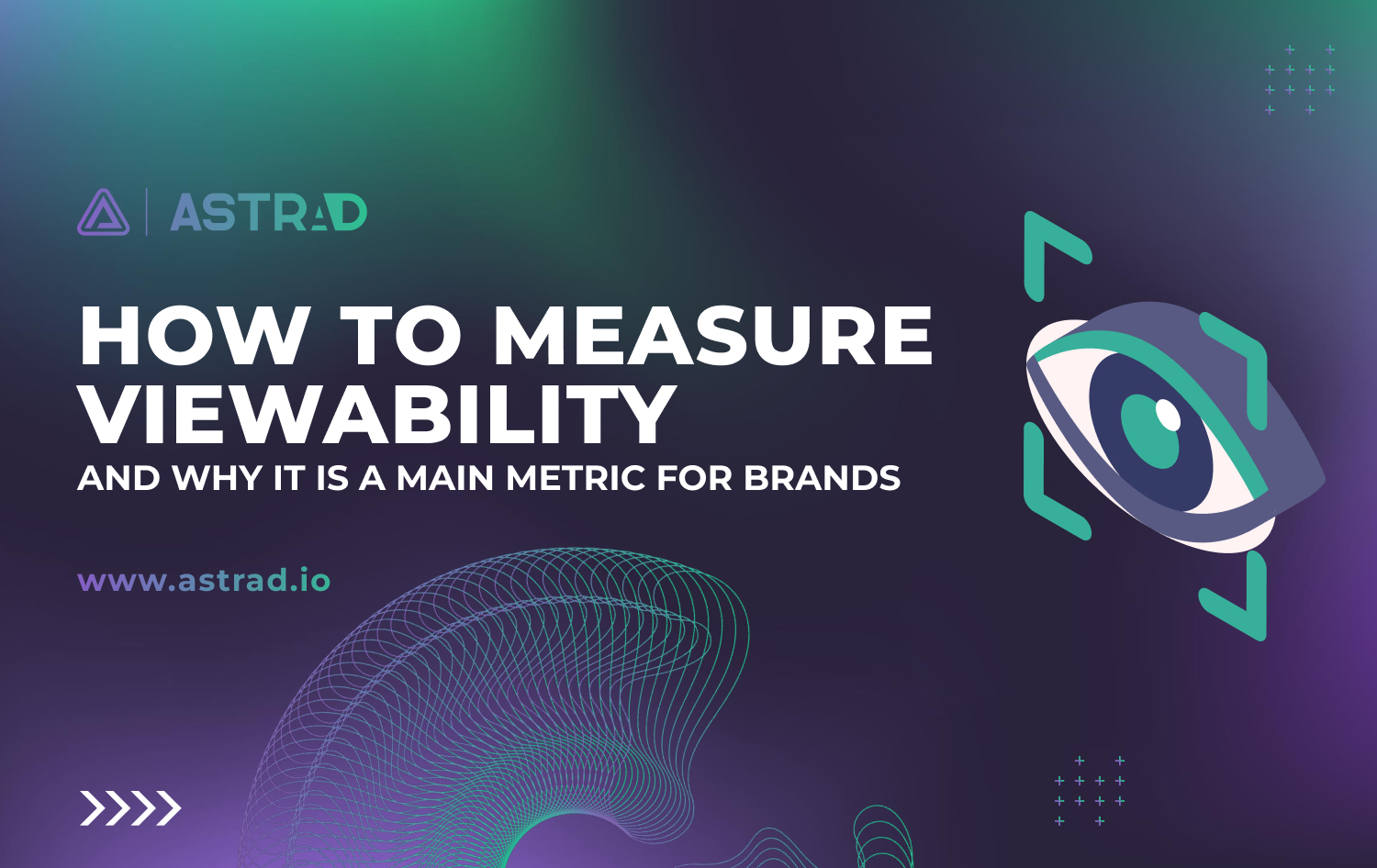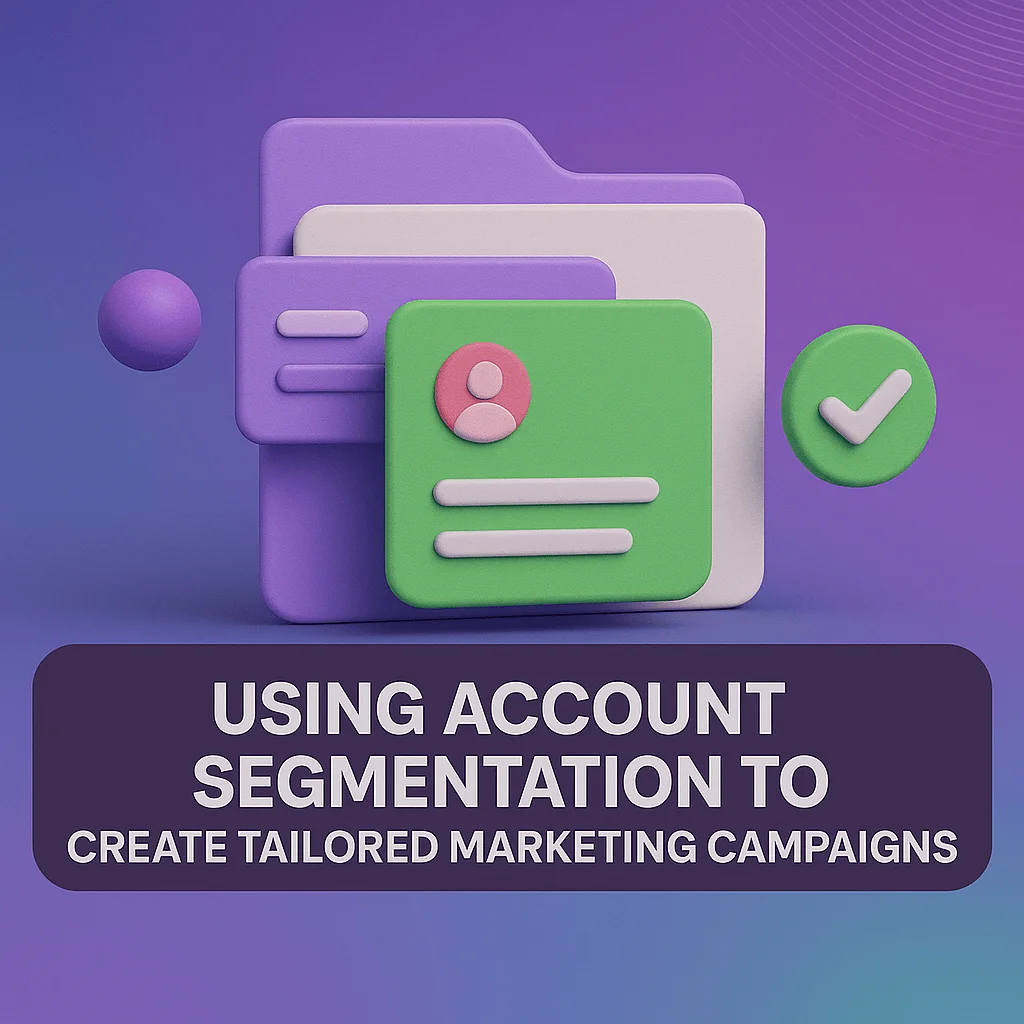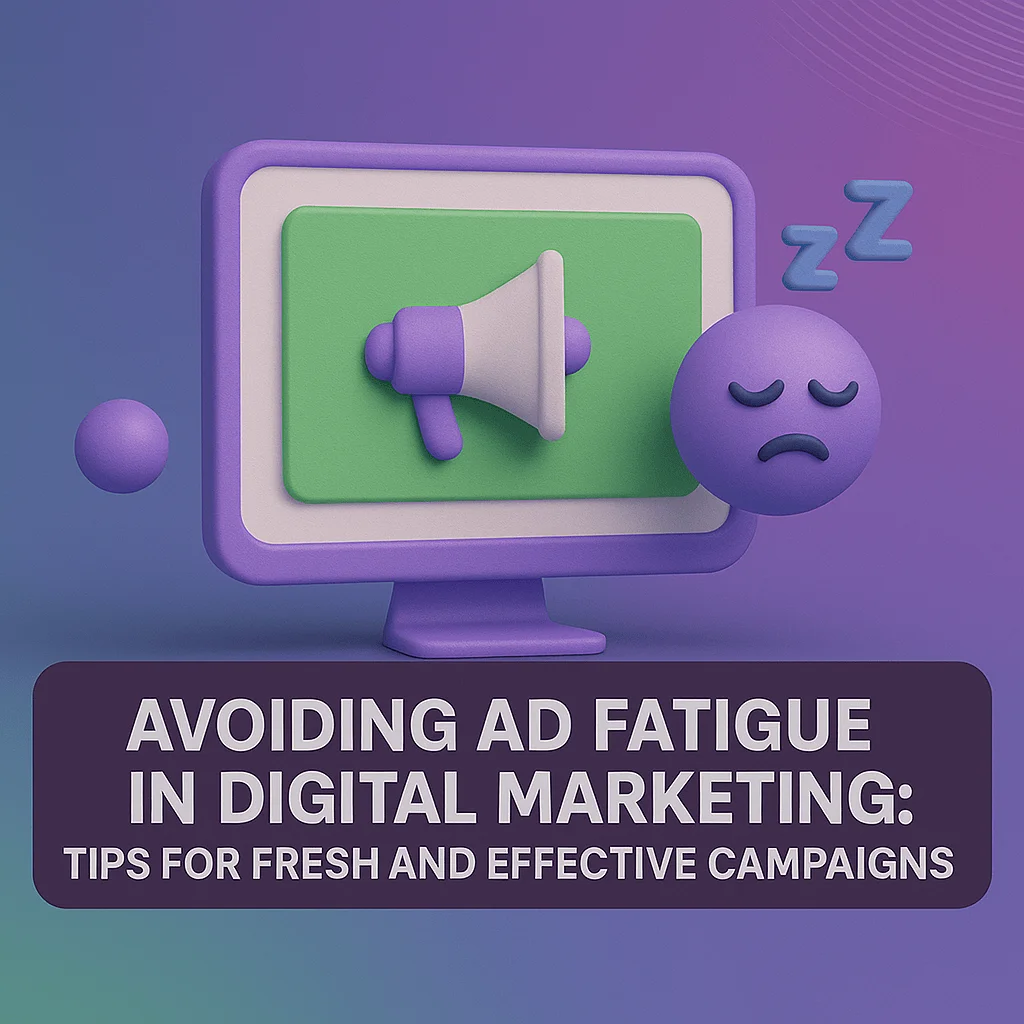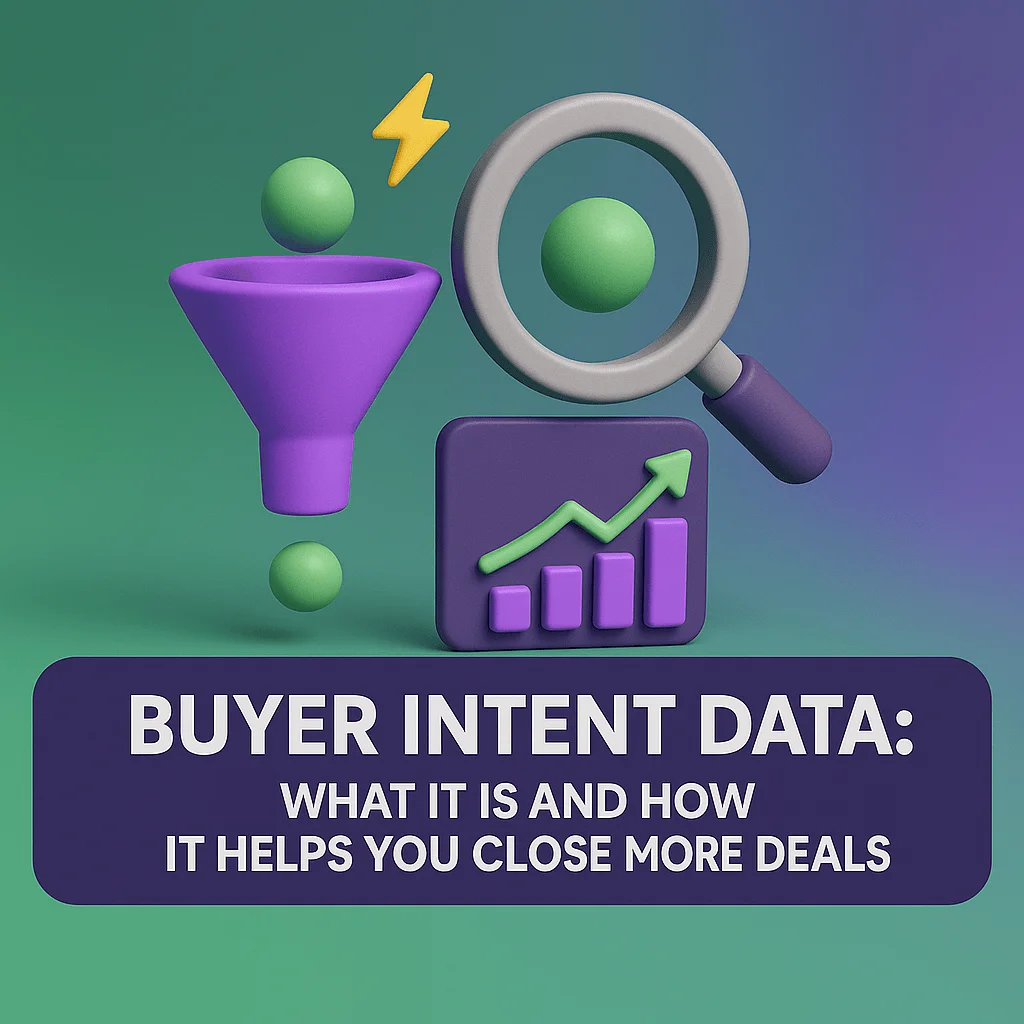The infamous speech by Mark Pritchard about brand safety in 2018 has changed programmatic advertising as we knew it for the good. In that speech, Mark Pritchard demanded transparency: pricing, where ads were being placed, if ads were being seen by humans or at all, and more. For purposes of this blog post, the focus will be on viewability.
What is viewability
Viewability is a measure of whether an ad has a chance of being seen by a person. It gives marketers a percentage measure of how many of their ads a human saw. If an ad is recorded as viewed, it is classified as a viewed impression. This differs from an average impression because an independent third-party platform has made that decision.
For some time, there was debate around what constituted an ad being viewed or not, and many players tried to influence the decision in their favor. However, many industry trade bodies stepped in and, together with the digital advertising industry, agreed on a definition of what constitutes an ad being seen or not. Viewability is defined in the digital advertising industry as a display ad 50% above the fold for at least 1 or 2 seconds for a video.
How can viewability be measured?
Brands and agencies work with third-party measurement platforms that can independently report each campaign’s viewability in detail. The leading players in the market are MOAT, IAS, Double Verify, and Adloox. The relationship with the measurement platforms can be either with the DSP or the brand.
There are different approaches to measuring viewability for web and in-app:
Measurement companies can track viewability on desktop and mobile web browsers by deploying a pixel on the website they’re analyzing.
To measure viewability in-app, the app must install the Open Measurement SDK (OM SDK) or the SDK from the measurement platform. Note that the OM SDK consists of multiple measurement vendors and is the preferred way forward, as app developers only have to do one integration versus multiple. Viewability cannot be tracked without any of these integrations. It would be best to work with a viewability grouping when targeting apps in ad exchanges. That means the ad exchange has grouped all apps that can track viewability into groups and made that available via a package or PMP.
Why is viewability a primary metric for brands?
- If an advertiser buys ads on TV or newspaper, the expectation is that the ad is visible and seen by humans insofar as physically possible. Introducing viewability into programmatic enables brands to compare all media and assign accountability to a previously unaccountable channel to market.
- Secondly, viewability helps advertisers determine the value of individual publishers. From an investment perspective, there’s no point in allocating budgets to publishers with low viewability rates.
- Thirdly, there’s a link between viewability and ad performance. This should be common sense; if a person cannot see an ad, they cannot act.
- Finally, marketers want to be efficient and effective: cutting out wastage in low viewability rates improves efficiency, leading to higher campaign effectiveness.
Astrad has integrations with both MOAT and IAS for viewability.
For more information about how to run campaigns with viewability turned on or how to get started, contact us.






